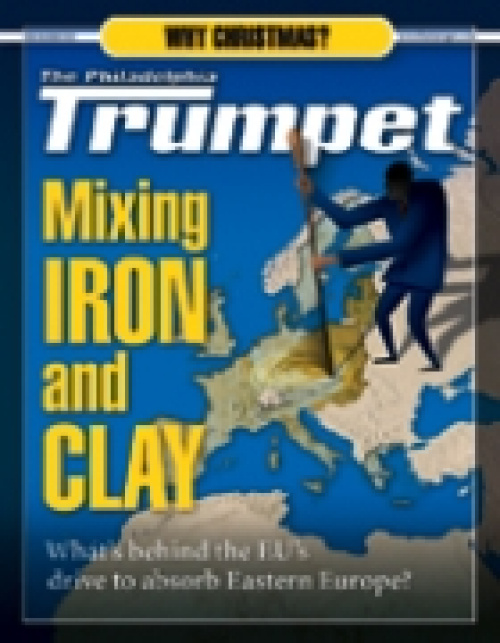Third Global Power?
China recently made a move that was a first in its long history: It proposed creating a Free Trade Area between itself and its Association of South East Asian (asean) neighbors. This is the first time, as the Korea Herald pointed out, that China “has found common interest to engage all the Southeast Asian countries constructively to talk about cooperation, instead of quarreling on issues such as the rival claims in the Spratlys” (Nov. 9). The ground is shifting in Asia.
Globalization has seen unexpected ripples of regionalization spread around the world—most evident among EU nations—and Asia is no exception. It is becoming apparent that in an increasingly interconnected world, regions that can extend their power collectively will become much more prominent than the nation that stands alone. As the Herald pointed out, “There is a growing realization that if asean and East Asian countries do not step up trade and economic cooperation, they may be marginalized” (ibid.).
At a China/asean summit in Cambodia on November 4, China and the 10 asean nations signed a Framework Agreement on comprehensive economic cooperation, to be negotiated in detail over the next decade. The proposed free-trade zone is expected to cover “1.7 billion consumers, a combined gross domestic products of us$2 trillion and $1.2 trillion of trade volume” (Xinhua News Agency, Nov. 13)—which would make it the world’s largest free trade area.
Where does this leave Japan, which continues to struggle with an economy badly damaged by the 1997 Asian financial crisis?
An event that failed to attract as much attention at the asean summit was the highly significant steps taken by historical rivals Japan, China and South Korea toward creating their own free trade area. Japanese Prime Minister Junichiro Koizumi noted that he envisaged asean, China, Japan and South Korea (comprising a third of the world’s markets and making up 20 percent of global trade) emerging as a major driving force in the global economy. He went so far as to say that “Northeast Asian cooperation would call for an end to the sense of rivalry between Japan and China and the beginning of a new age of partnership and co-existence” (Business Times, Singapore, Nov. 6).
There are rumblings of change in Asia. Do these events portend the beginning of a unified Asian bloc, preparing to emerge as a third, great regional world power?
